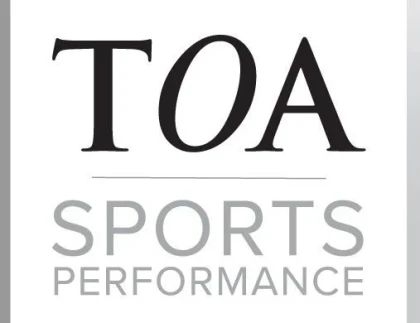Media Center
Common Football Shoulder Injuries by Dr. R. Edward Glenn
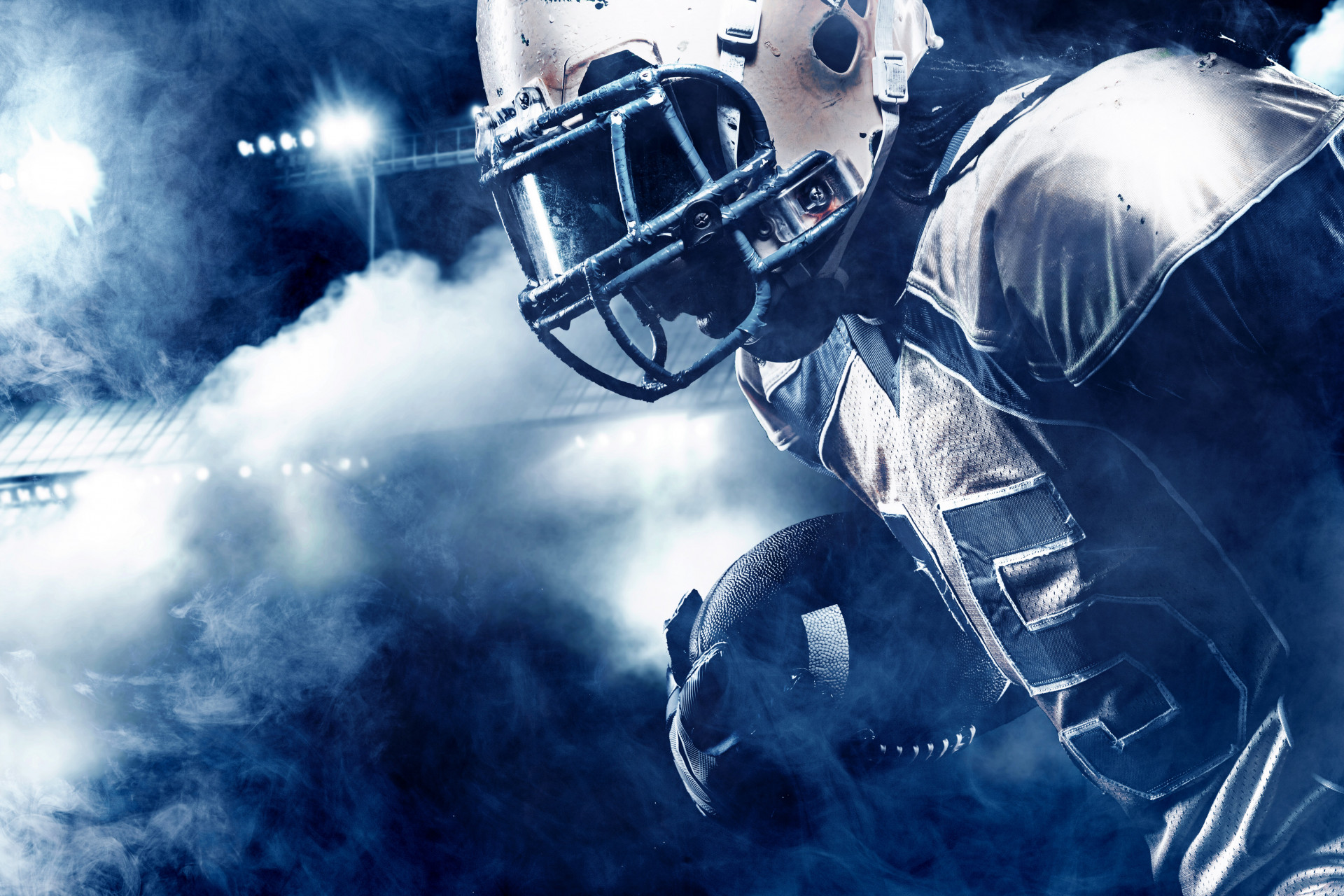
According to the U.S. Consumer Product Safety Commission, in 2018, almost 300,000 people were treated for football-related injuries in hospital emergency rooms. In fact, football is currently the leading cause of school sports injuries, but there are some things that athletes can do to limit their risk for injury on the field. In this article, Dr. R. Edward Glenn, Jr. outlines some of the most common football injuries and what to expect if you sustain such an injury.
Stinger/Burner
A stinger or burner occurs when the nerves running from the neck to the arm get compressed or stretched when making a tackle. This type of injury can result in an “electric shock” type sensation that runs from the neck into the affected arm. A stinger may also result in a “dead arm” sensation where the athlete cannot move the arm, due to the feeling of muscle weakness.
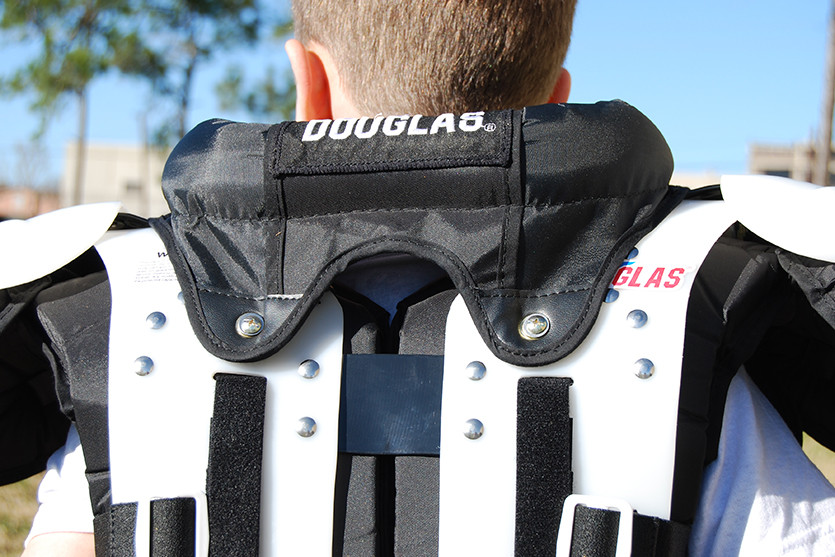
Symptoms usually resolve within a matter of seconds to minutes. An athlete may return to play when symptoms resolve, and the athlete has return of full range of motion in the arm and normal strength. Prevention includes strengthening of the neck muscles and use of a “cowboy collar” attached to the athlete’s shoulder pads. If multiple episodes occur within a season, consider orthopedic evaluation.
Acromioclavicular (AC) Joint Sprain/Separation
An acromioclavicular joint separation occurs from a direct blow to the tip of the shoulder (acromion). Pain is localized directly at the end of the collar bone (clavicle). With more significant injuries, the ligaments connecting the end of the clavicle and the acromion can tear, resulting in a deformity in which the end of the collar bone appears to protrude upward relative to the end of the acromion.
The vast majority of AC joint injuries are treated conservatively with a short period of immobilization, rest, and anti-inflammatory medications followed by physical therapy to restore shoulder motion and strength. Occasionally surgery is necessary to reestablish the alignment of the collar bone and the shoulder blade. If an injury to the AC joint results in an obvious deformity, orthopedic evaluation is recommended. Extra padding can be placed under the shoulder pads of the injured shoulder once the athlete is cleared to return to play.
Clavicle Fracture
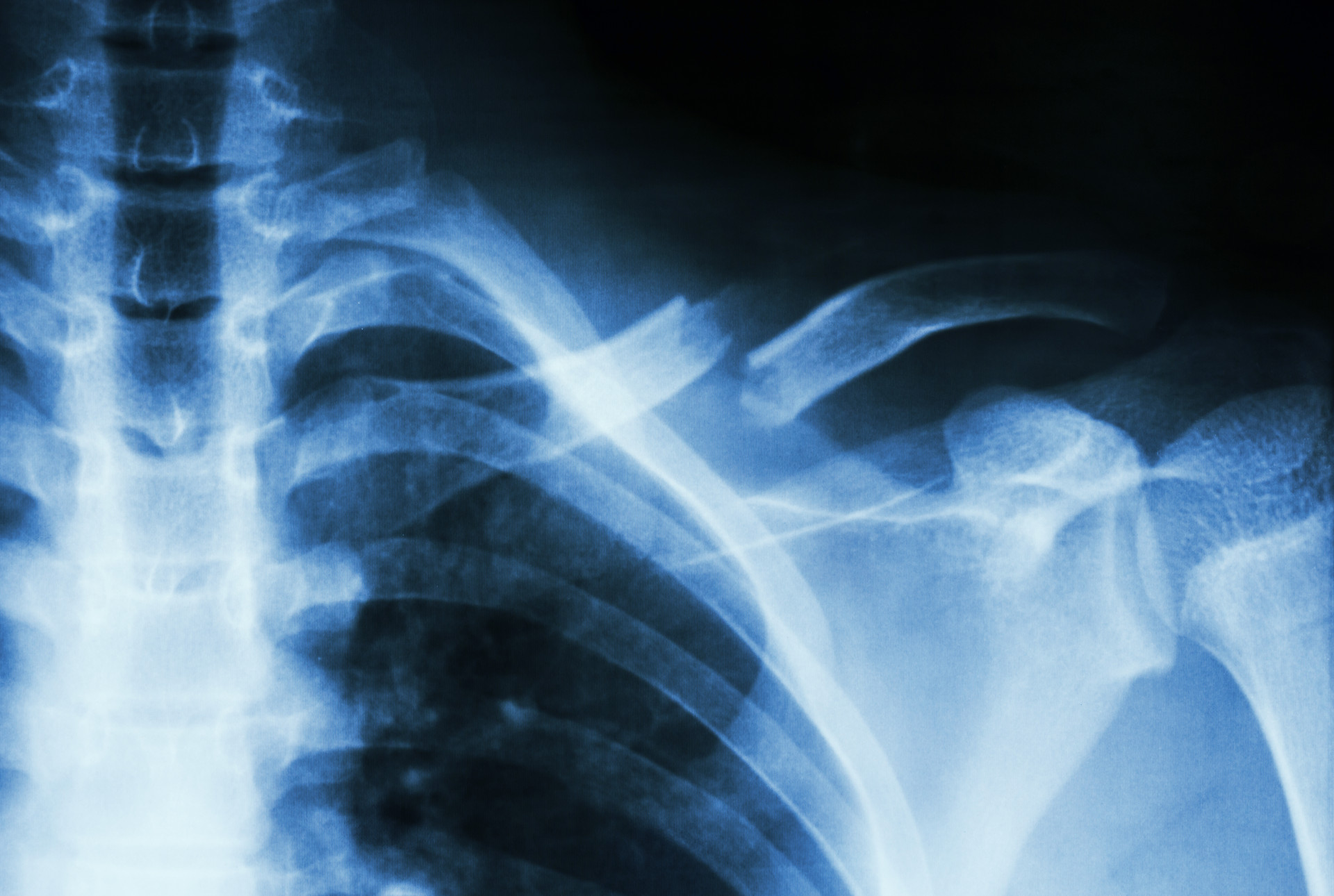 A clavicle fracture occurs from a direct blow to the collar bone (clavicle) and causes pain and swelling directly over the clavicle. Occasional deformities can occur with more severe fractures. Any concern for clavicle fracture warrants orthopedic evaluation. Most fractures are treated nonoperatively. For fractures with significant displacement or significant shortening, surgical repair is indicated. With or without surgery, fracture healing typically takes around six weeks.
A clavicle fracture occurs from a direct blow to the collar bone (clavicle) and causes pain and swelling directly over the clavicle. Occasional deformities can occur with more severe fractures. Any concern for clavicle fracture warrants orthopedic evaluation. Most fractures are treated nonoperatively. For fractures with significant displacement or significant shortening, surgical repair is indicated. With or without surgery, fracture healing typically takes around six weeks.
Shoulder Dislocation
Shoulder dislocations commonly occur when the arm is in a throwing position and gets forced backwards. The most common direction for shoulder dislocation is anterior when the ball of the shoulder joint comes out in front of the socket. Posterior and inferior shoulder dislocations are much less common. Usually, shoulder dislocations result in an obvious deformity of the shoulder with an inability to lift the arm.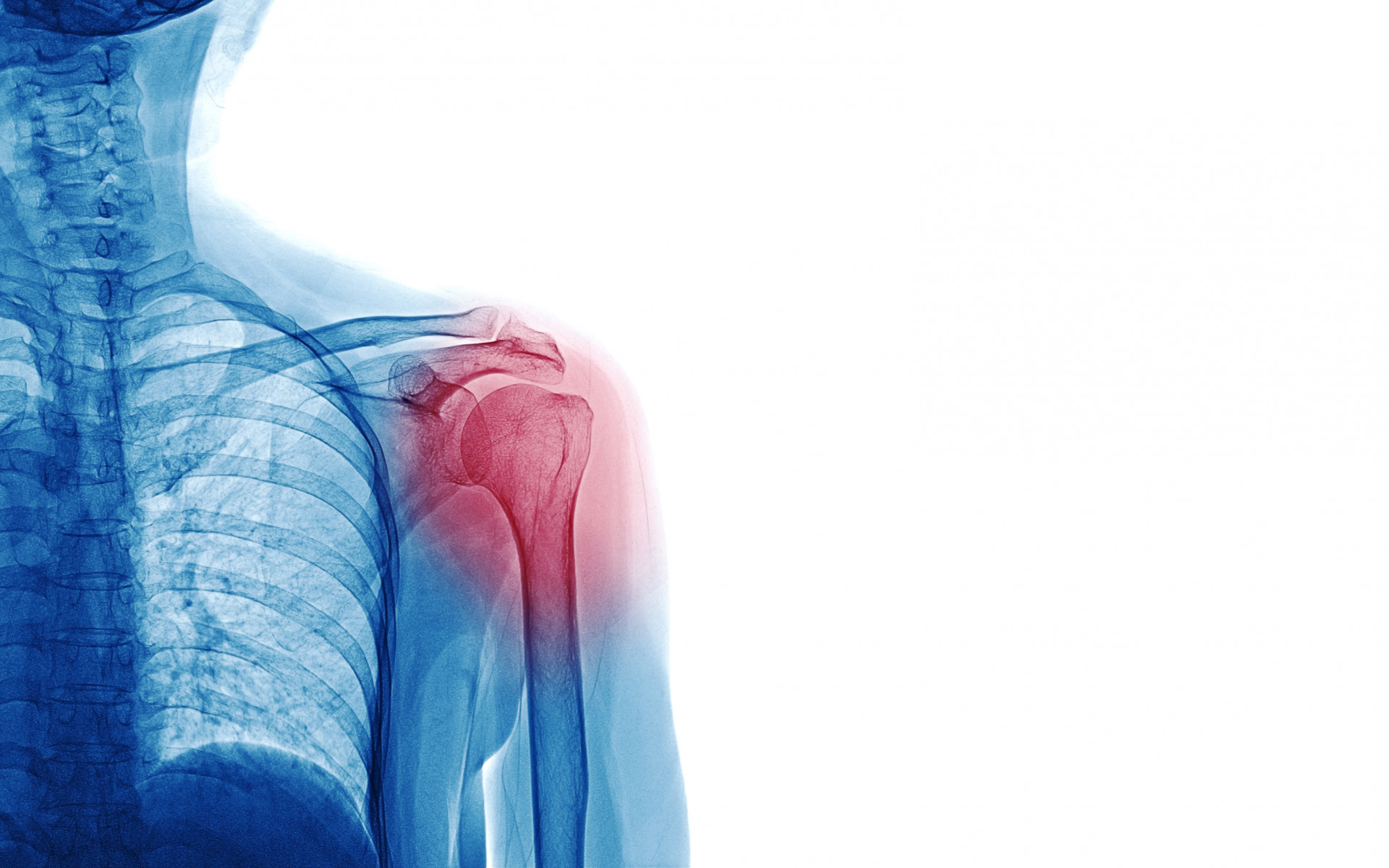 Dislocations can often be reduced (or put back in) immediately after the injury by a physician or certified athletic trainer. If reduction is unsuccessful, immediate transfer to an emergency department is warranted to get the shoulder back into position.
Dislocations can often be reduced (or put back in) immediately after the injury by a physician or certified athletic trainer. If reduction is unsuccessful, immediate transfer to an emergency department is warranted to get the shoulder back into position.
Dislocations will usually result in a tear of the labrum, a cartilage “bumper” around the socket of the shoulder that provides joint stability. An MRI is necessary to evaluate the shoulder labrum for injury. Labral tears are most often treated surgically in young active individuals given the high rate of recurrent shoulder instability in young patients treated without surgery who continue to participate in football. Surgical timing is multifactorial. Considerations include age of the patient (freshman versus senior), date of injury (beginning of the season versus a week before the state championship game), number of dislocations (first time versus third time), etc. Typically, a return to full contact after labral repair surgery is 6-8 months after surgical repair.
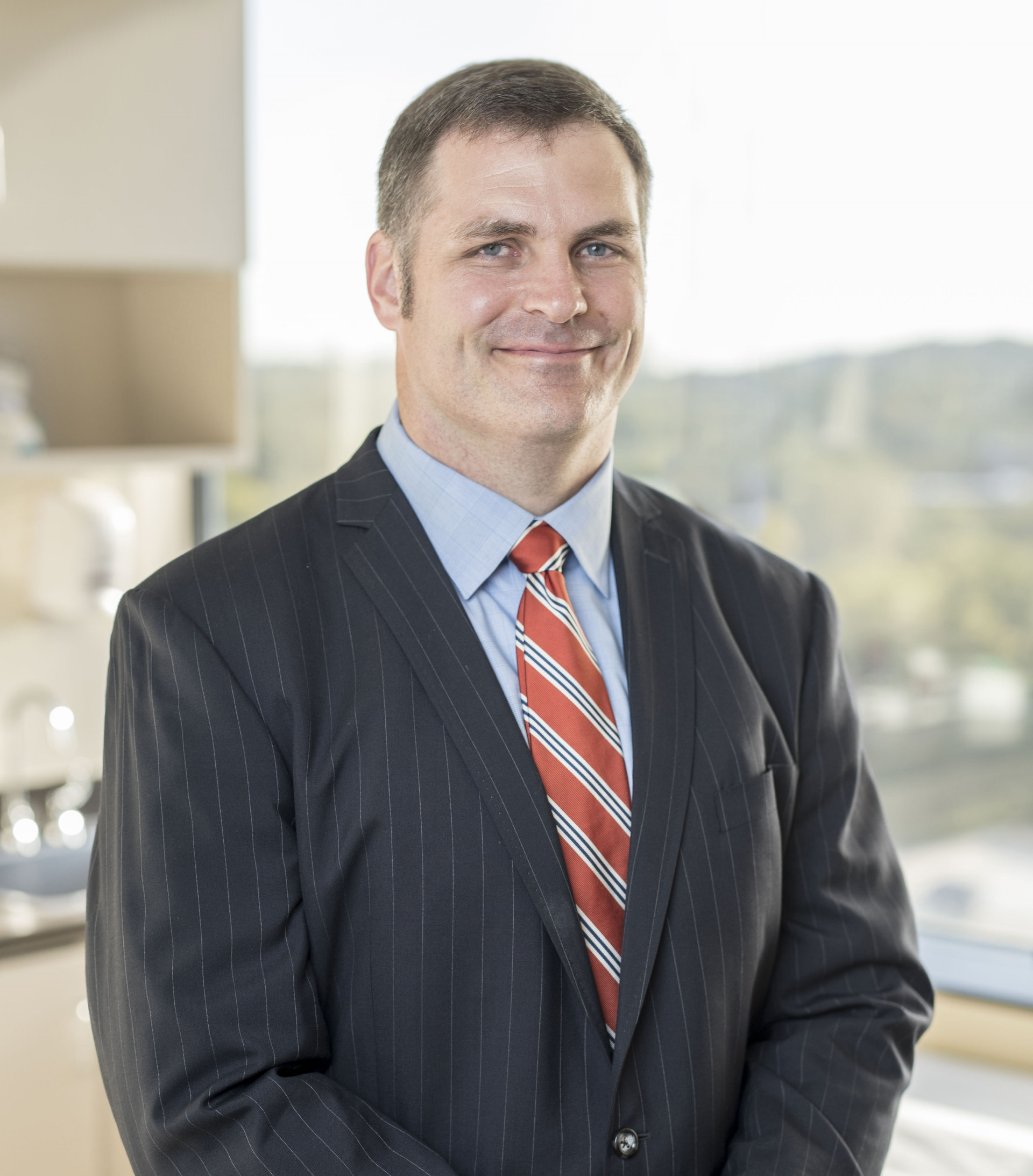 Shoulder and sports medicine specialist, R. Edward Glenn, M.D. sees patients at TOA's Dickson and St. Thomas West - Nashville locations.
Shoulder and sports medicine specialist, R. Edward Glenn, M.D. sees patients at TOA's Dickson and St. Thomas West - Nashville locations.




